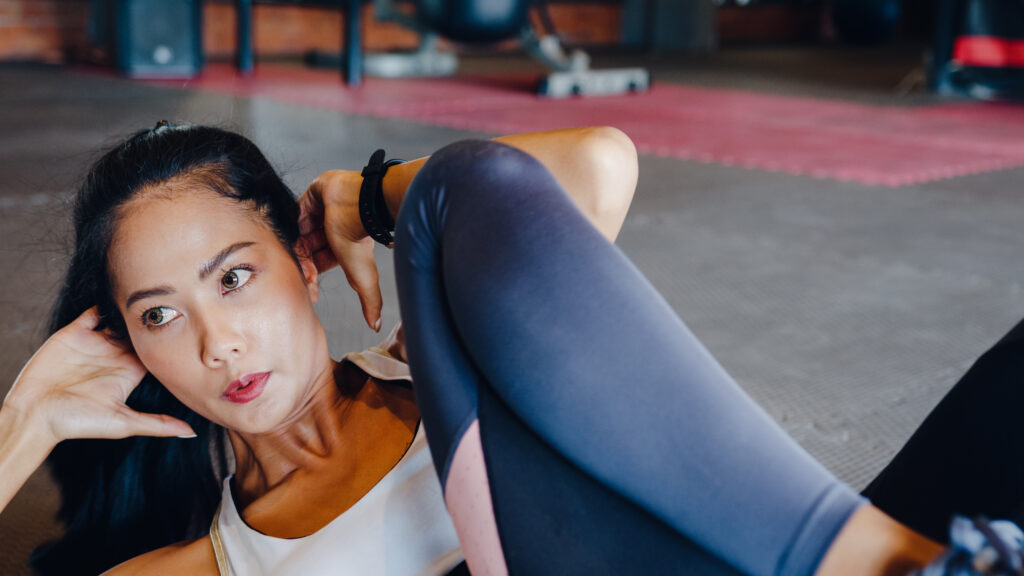The underlying musculature that creates the appearance of a “six-pack” in both males and females is called the rectus abdominis. This muscle runs vertically along the front of the abdomen and is responsible for flexing the lumbar spine.
Both males and females have the potential to develop a visible six-pack if the rectus abdominis is sufficiently developed and there’s low enough body fat to reveal these muscles. However, there are some differences in how they typically appear, due to genetic, hormonal, and anatomical factors.
- Fat Distribution and Storage – Females naturally tend to have a higher percentage of body fat than males. Hormonally, women are predisposed to store more fat around the thighs, buttocks, and lower abdomen. This means that, even with a developed rectus abdominis, the muscle definition might be less pronounced in women than in men at the same body fat percentage.
- Muscle Size and Development – Testosterone, a male dominant hormone, promotes muscle growth and size. While women do produce testosterone, they produce it in lesser amounts compared to men. As a result, males often have a more pronounced muscular appearance, including in the abdominal region.
- Anatomical Variations -The shape and layout of the rectus abdominis can vary slightly between individuals, irrespective of gender. This means the spacing and shape of the “six-pack” can be different from one person to the next.
- Hormonal Changes -The monthly menstrual cycle in females can lead to water retention and bloating, which can temporarily obscure abdominal definition, regardless of muscle development.
While the core muscles that create the six-pack appearance are the same in both genders, due to factors like fat distribution, muscle size, and hormonal influences, the visibility and appearance of a six-pack might differ between males and females. Achieving a visible six-pack for anyone, male or female, requires a combination of muscle development and fat loss. However, it’s essential to approach fitness goals in a healthy manner and remember that everyone’s body is unique.

